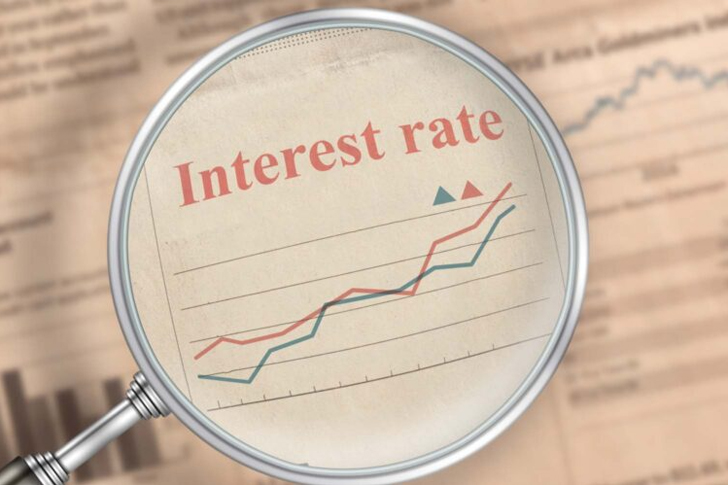Savings and CD Accounts: A Practical Guide
With the financial landscape continually evolving, it’s crucial for individuals to stay informed about the best ways to safeguard their hard-earned money. Among the variety of options available, Savings and Certificate of Deposit (CD) accounts stand out due to their safety and reliability. This guide delves into the specifics of each type of account to help you make well-informed decisions when managing your finances.

Understanding Savings Accounts
Savings accounts offer a secure place to store money while earning interest. Banks and credit unions provide these accounts, which are ideal for individuals looking to set aside funds that are accessible if needed. Interest rates on savings accounts vary depending on the financial institution, but as of 2023, the average annual percentage yield (APY) is around 0.50%. However, top banks may offer rates upwards of 1.00% to attract new customers.
Savings accounts are highly favored for their liquidity and ease of access. Most accounts come with no limits on deposits, and withdrawals are typically permitted up to six times per month without penalty. This makes them an excellent choice for an emergency fund or saving for short-term goals.
The Basics of CD Accounts
Certificates of Deposit (CDs) are time-bound savings accounts that generally offer higher interest rates than regular savings accounts, reflecting compensation for the customer’s agreement to leave a lump-sum deposit untouched for a predetermined period. As of 2023, rates can range from around 0.50% for a 3-month CD to over 3.00% for a 5-year term.
The key feature of a CD is its fixed term, which can vary from a few months to several years. Early withdrawal penalties apply if money is taken out before the end of the term, making CDs a less flexible option compared to savings accounts. Therefore, they are best suited for individuals who can afford to set aside money for an extended period without requiring immediate access.
Comparing Interest Rates and Compounding
When choosing between savings and CD accounts, it’s important to consider how interest is compounded. Most savings accounts compound interest daily or monthly, which means earnings are reinvested more frequently, potentially leading to higher growth over time.
In contrast, the interest on CDs can be compounded at various frequencies depending on the financial institution’s terms—daily, monthly, quarterly, or annually. The frequency of compounding can significantly impact the total amount of interest earned, especially for longer-term CDs. Prospective CD holders should seek out options that offer more frequent compounding to maximize returns.
Risks and Protections
Both savings and CD accounts provided by banks are insured by the Federal Deposit Insurance Corporation (FDIC) up to the legal limit of $250,000 per depositor, per insured bank, for each account ownership category. Accounts at credit unions are similarly protected by the National Credit Union Administration (NCUA). This insurance safeguards customers’ money in the unlikely event of a bank failure, making these accounts among the safest investment options available.
While there are no direct financial risks associated with savings and CD accounts due to this insurance, the low risk also equates to relatively low returns compared to other investment vehicles such as stocks or bonds. Additionally, there is an opportunity cost, as money invested in CDs, in particular, cannot be easily accessed for other opportunities without incurring penalties.
Strategic Considerations for Account Selection
Selecting the right type of account depends largely on your financial goals and liquidity needs. A savings account might be ideal if you anticipate the need to access funds on short notice. Conversely, if you have excess cash that won’t be needed in the near future, a CD might be a better option due to its higher interest rates.
An effective strategy might involve a combination of both account types: a savings account for short-term needs and emergency funds, and one or more CDs to take advantage of higher interest rates for long-term savings. This ‘bucket’ approach ensures that you are not overly exposed to the downside of either account type.
Monitoring and Adjusting Your Strategy
As with any financial plan, it’s important to regularly review and adjust your saving strategies in response to changes in market conditions or your personal circumstances. This may involve shifting funds between savings accounts and CDs, depending on interest rate movements and personal liquidity needs.
Furthermore, staying informed about prevailing economic conditions and expecting rate adjustments can help maximize returns while minimizing risks. Financial institutions occasionally offer promotions or special rates for CDs, which can present valuable opportunities for savers.
Conclusion
In conclusion, both savings and CD accounts offer valuable benefits for those seeking secure and relatively stable places to store their money. By understanding the particulars of each option and strategically planning how to use them in concert, you can optimize your financial planning to yield the best possible results. Keeping abreast of economic trends and maintaining flexibility in your approach are key to making the most of these financial tools.
Whether saving for an emergency, a special purchase, or future stability, carefully choosing where to store your funds can make a significant difference in your financial health. So consider the above factors carefully, and choose the option that best fits your needs.







Recent Comments